Welcome to this weekend’s art challenge! In this challenge, we will explore the captivating world of Textured Landscapes. Adding texture to your landscape painting can enhance the depth, visual interest, and tactile quality of your artwork. Your task is to create a landscape painting that incorporates various materials to create texture and bring your landscape to life.
Here are some tips and ideas to help you get started:
- Select a Landscape: Choose a landscape that inspires you—a serene countryside, a rugged mountain range, a coastal scene, or any other natural setting. Consider the mood and atmosphere you want to convey in your artwork.
- Gather Texture-Building Materials: Collect an assortment of materials that can be used to create texture in your painting. These can include textured papers, fabric scraps, sand, twine, or even natural elements like leaves or grass. Explore different textures and experiment with their application on your canvas or paper.
- Plan Your Composition: Sketch out a basic composition for your landscape painting. Consider the placement of your focal point, the arrangement of elements, and the overall balance and harmony. Having a plan in place will help guide your process as you add texture to specific areas.
- Experiment with Mixed Media: Integrate mixed media techniques into your painting to add texture. You can use collage techniques to incorporate textured papers or fabrics, layering them to create depth and visual interest. Apply sand or other granular materials to create texture on specific surfaces such as the ground or rocks.
- Use Impasto Techniques: Impasto involves applying thick layers of paint to create texture and three-dimensional effects. Use a palette knife or a stiff brush to build up layers of paint on certain areas of your landscape, such as tree bark, rocky surfaces, or textured foliage.
- Incorporate Relief Techniques: Relief techniques involve building up texture by adding materials directly onto the canvas or paper. You can use mediums like modeling paste or gesso to create raised areas for added texture. Consider creating texture for tree trunks, rocky cliffs, or other prominent elements in your landscape.
- Experiment with Brushstrokes: Vary your brushstrokes to create texture within your painting. Explore techniques like stippling, cross-hatching, or dry brushing to mimic the texture of foliage, grass, or other elements in your landscape. Use different brush sizes and bristle types to achieve the desired effect.
- Pay Attention to Colour and Tone: As you work on adding texture, be mindful of the interplay between colour, tone, and texture. Consider how the texture will affect the way light and shadows interact with your landscape. Adjust your colour palette to reflect the natural elements and lighting conditions of your chosen landscape.
Remember, this challenge is an opportunity to explore the interplay between texture, colour, and composition in your landscape painting. Embrace the experimentation and enjoy the process of adding texture to bring your landscape to life.
The idea of these challenges is to help students improve their skills by drawing, painting and creating regularly.
So try to submit work that you have created specifically for the challenge – or course work you are currently creating for your art course. Sometimes our challenge themes cross over with what students are learning. Our challenges are great practive for your coursework too!
Remember to submit your artwork to us via email if you would like it posted on our blog next week.
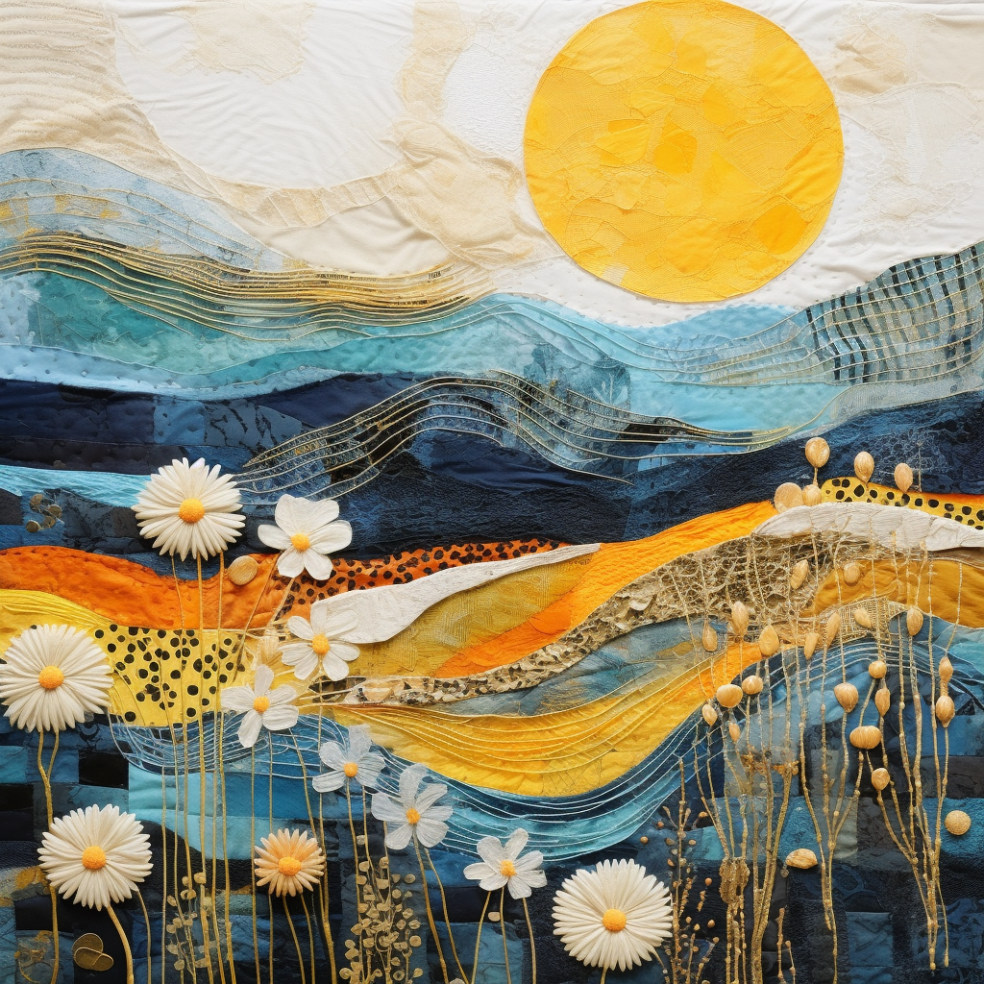
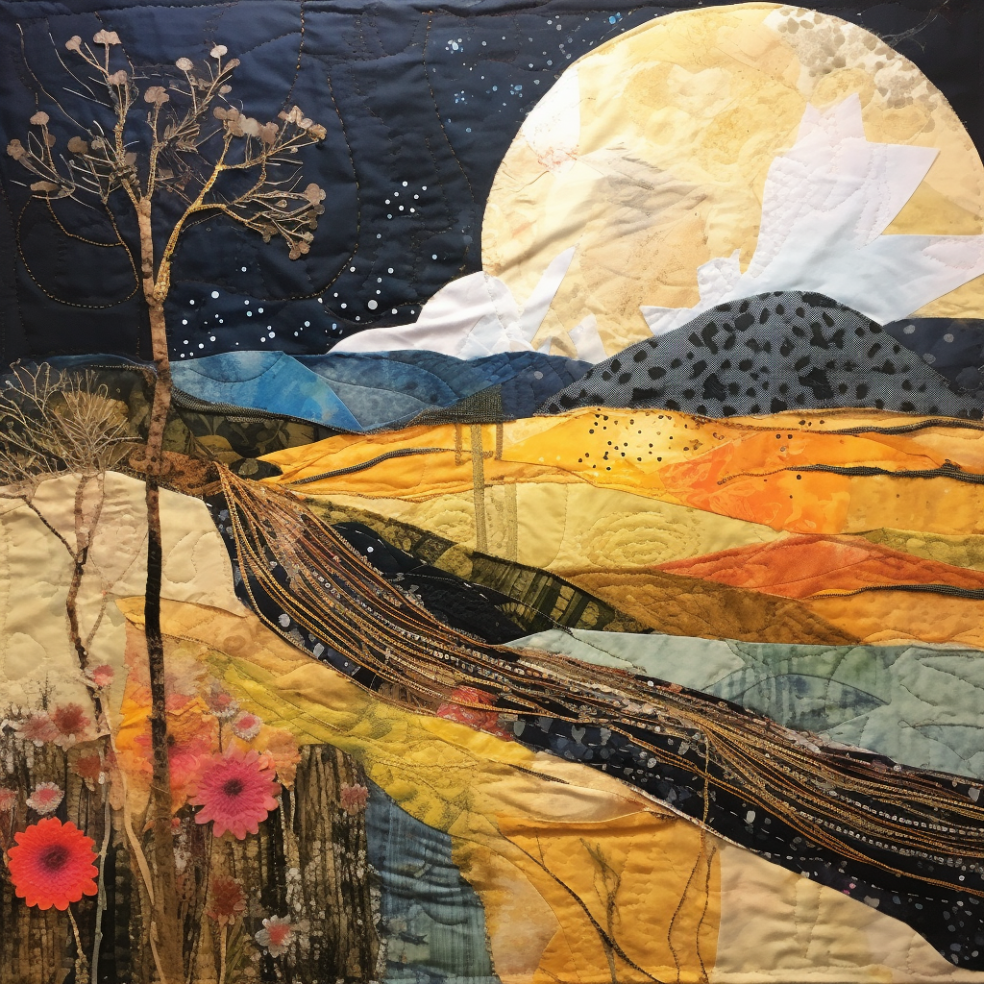
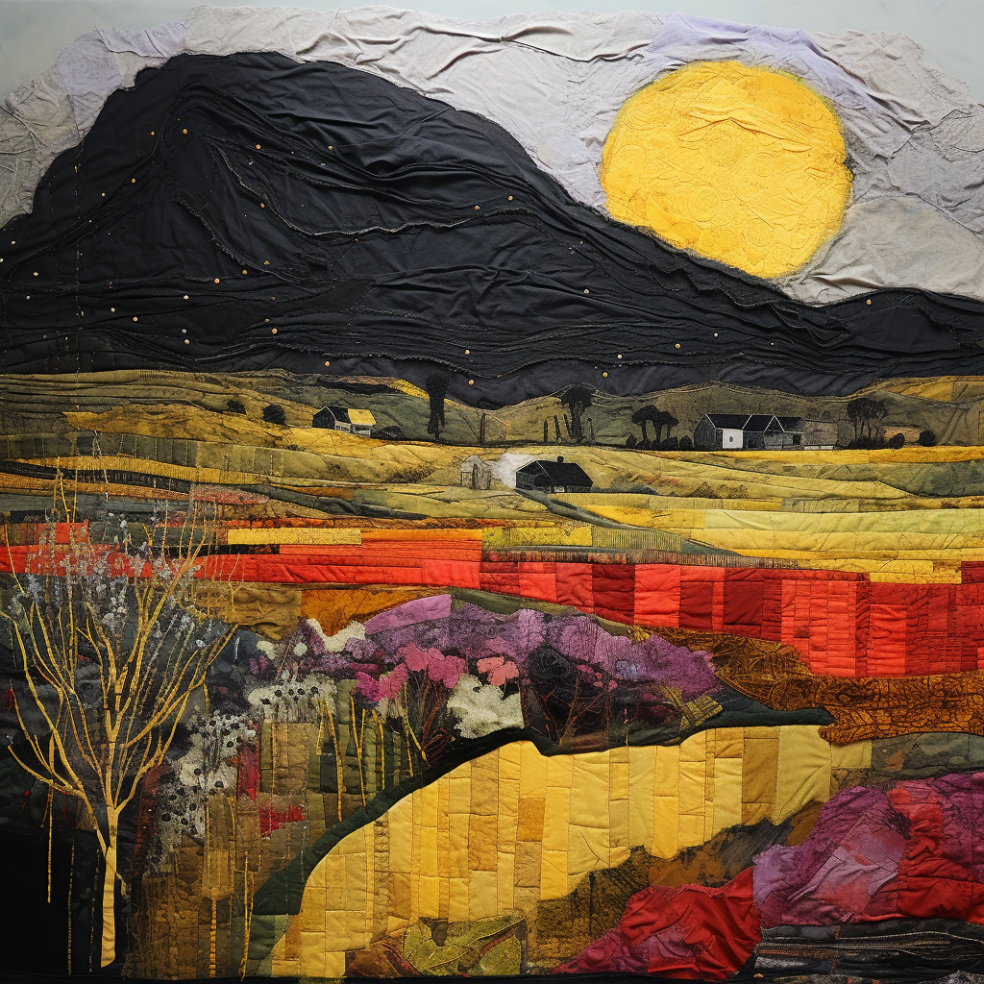
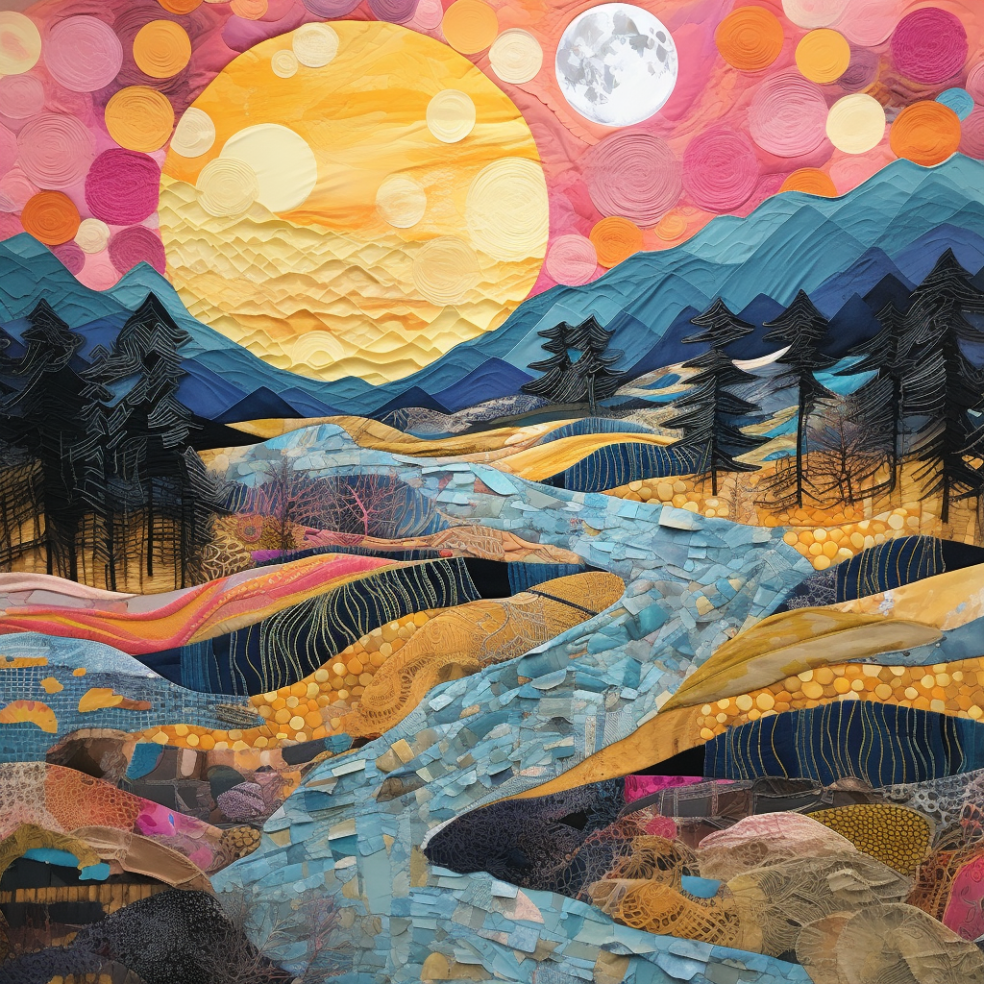
If you would like to receive a roundup of all of our blog posts once a week to keep you inspired in your inbox, why not sign up to our newsletter. You can access our sign up at the top of our page. If you are a London Art College student and you would like your artwork featured here, drop us a line at any time.

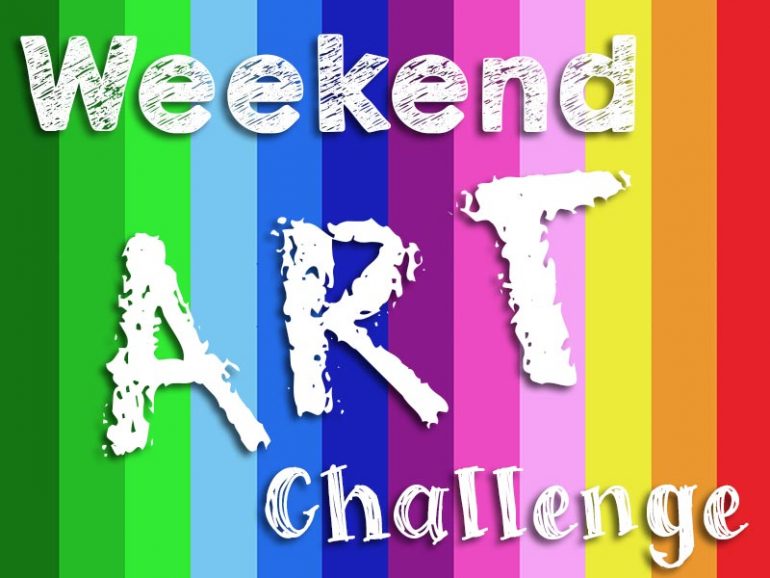
Amazing!
Thank you
🙂 🙂
Just beautiful, thank you x